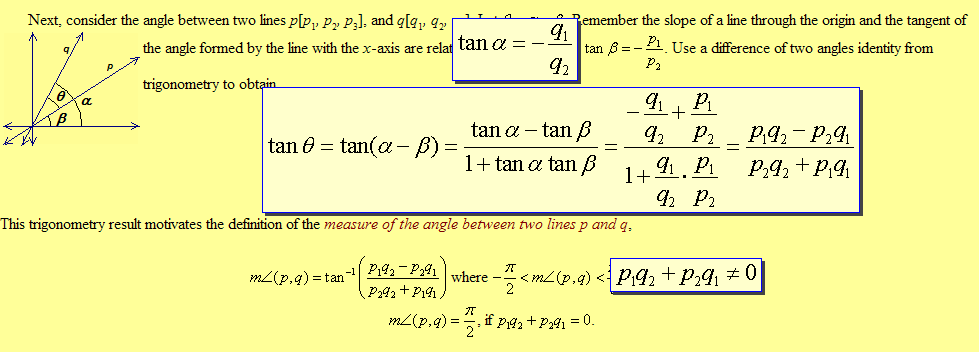Today, it is not only that our kings do not know mathematics, but our philosophers do not know mathematics and to go a step further our mathematicians do not know mathematics.
Introduction to Survey of Geometry
![]() Printout
Printout
Today, it is not only that our kings do not know
mathematics, but our philosophers do not know mathematics and to go a step
further our mathematicians do not know mathematics.
![]() Julius Robert Oppenheimer (19041967)
Julius Robert Oppenheimer (19041967)
One of the motivations for this survey course and the topics chosen is the current Minnesota teaching licensure requirements for geometry. The assumption is made that the prospective teacher already has knowledge in most of the topics mentioned in the licensure law. Hence, the topics are chosen either to provide more depth of understanding or exposure to new topics.
The course assumes a background in high school Euclidean geometry that involved proofs of basic principles from some variation of axioms for Euclidean geometry. Hence, the chapter on Euclidean and non-Euclidean geometries will examine the SMSG axiomatic system at a deeper level. But, since this is a survey course, many topics in Euclidean geometry will not be covered. The hope is that students will be able to extend the principles involved in a deeper understanding of a few topics to other topics. Further, a survey course does not allow a thorough study of each individual topic. Here the hope is that students will understand how often extra side assumptions are made in a high school course and recognize that even with this deeper examination there is more depth yet to be examined.
The surveys of transformational geometry and projective geometry will begin with either some motivational history or examples.
The author put a quote or joke at the top of each page and at the bottom of some pages. The quotes and jokes, for the most part, are intended to motivate or provide additional insight to the topic being discussed, though some quotes or jokes may not pertain to the page they are on.
Should the course have been titled "Survey of Geometries" instead of "Survey of Geometry"? The author chose the singular form used in the context of geometry as a field of study; as opposed to the plural form used in the context of each distinct geometry defined by an axiomatic system.
The symbol
![]() indicates
that the following web link exits the book and opens in a new browser window.
indicates
that the following web link exits the book and opens in a new browser window.
For the videos that are
embedded on a page. Click on the video tape icon
![]() to view a video. The videos are also available through the appendix.
to view a video. The videos are also available through the appendix.
Use the index at the bottom of the
page to look up terms and theorems. The information will appear in the frame
above the index.
The window for each of the frames
(Table of Contents, Book, Information, and Index) may be made smaller or larger by dragging
the borders.
Some browsers have problems with
the java based dynamic illustrations that are included; therefore, they are put on separate
pages from the text. The dynamic illustrations were created by using
![]() JavaSketchpad, a World-Wide-Web component of
JavaSketchpad, a World-Wide-Web component of
![]() The Geometer's Sketchpad. Copyright © 1990-2001 by KCP
Technologies, Inc. Licensed only for non-commercial use.
The Geometer's Sketchpad. Copyright © 1990-2001 by KCP
Technologies, Inc. Licensed only for non-commercial use.
To reset a JavaSketchpad page to the
original setting - type R - on the keyboard. The red dots
may be dragged to reshape the diagrams.
To better view some of the equations, click on the equation to see an enlarged view of that equation. Click on the enlarged equation again to return it to normal. See the following graphic illustration of what the mathematics would look like after being enlarged.

If you are using Microsoft Internet Explorer and the equations do not show (or expand as shown above), or the javasketchpad scripts do not load, click on the action bar and choose "Allow Blocked Content" to allow them to show. It is the bar located at the bottom of the toolbar as shown in the following illustration; the bar states "To help protect your security, Internet Explorer has restricted this file from showing active content that could access your computer. Click here for options...".

Life is good for only two things,
discovering mathematics and teaching mathematics.
![]() Simιon Poisson (17811840)
Simιon Poisson (17811840)
|
© Copyright 2005, 2006, 2007 - Timothy Peil |